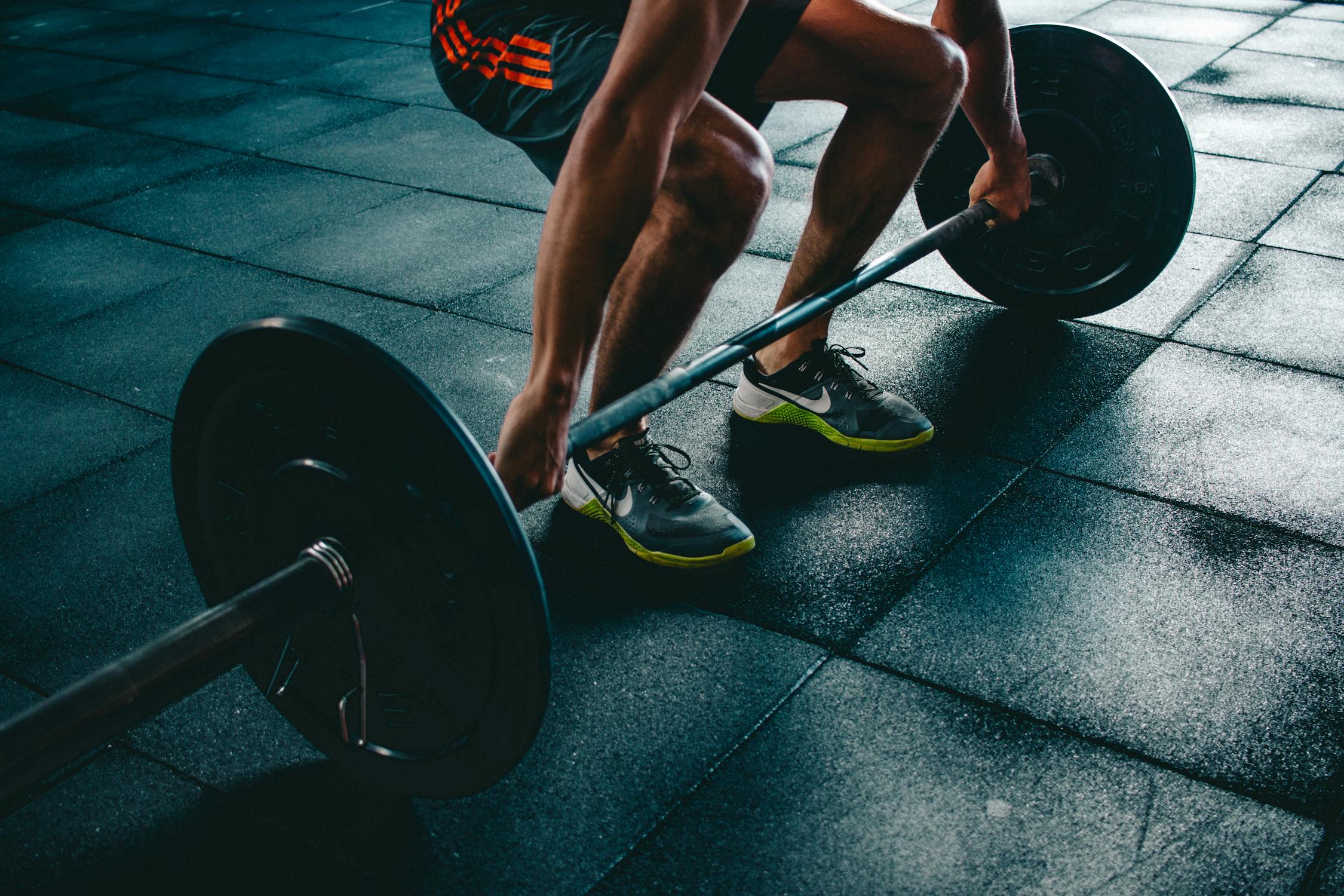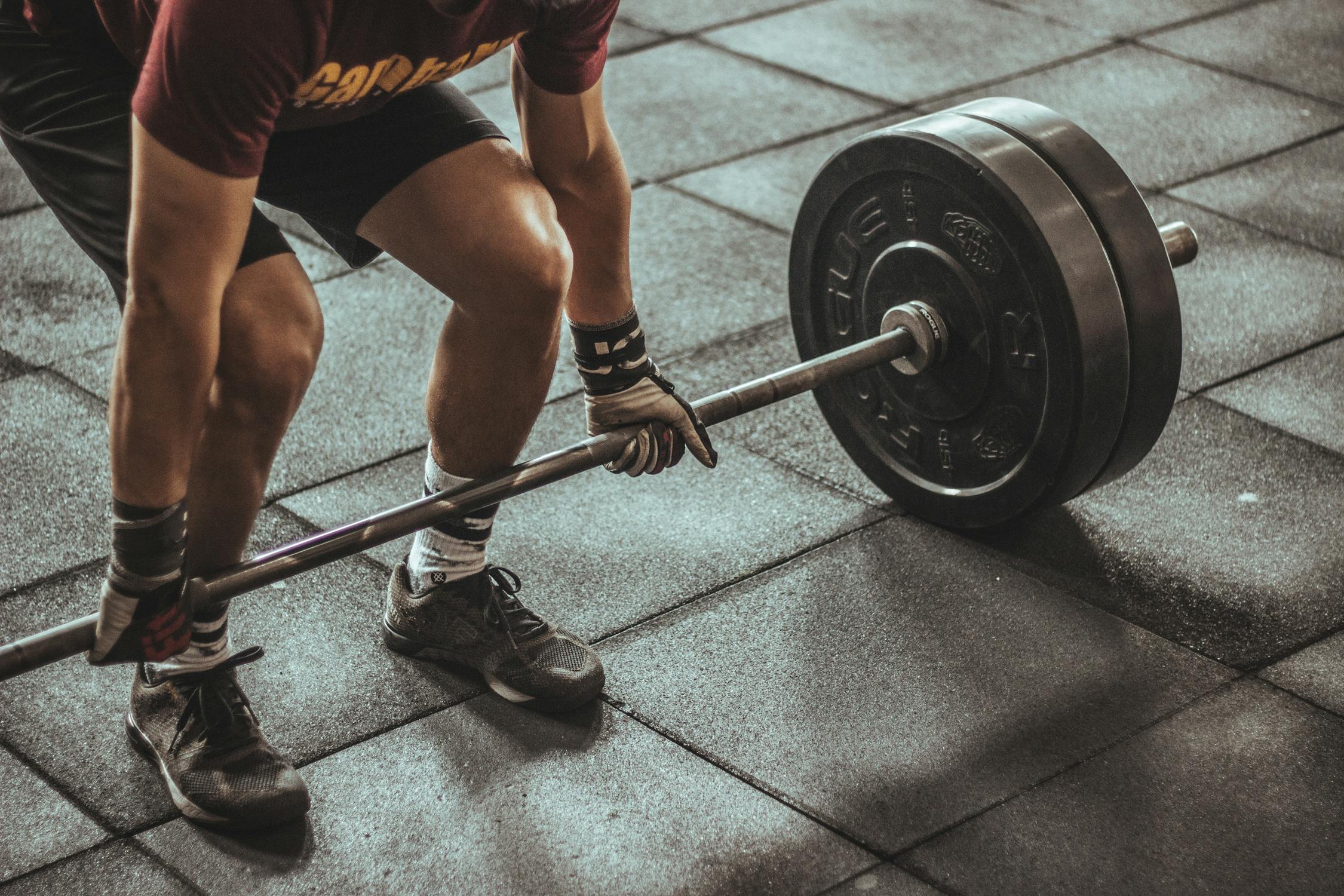In today’s world, fitness is no longer just about lifting weights or chasing a perfect body. It’s a holistic movement—an evolution of strength, mindset, and lifestyle. From home workouts to smart wearables and personalized coaching, the fitness revolution is shaping how we think, feel, and live. This transformation goes beyond the gym—it’s redefining what it means to be healthy in body and mind.
1. The Evolution of Modern Fitness
Decades ago, fitness focused mainly on physical appearance and performance. But now, science and technology have shifted the focus toward overall wellness, mental clarity, and balance. Innovations like fitness tracking apps and virtual coaching platforms help users stay motivated and monitor real-time progress.
Today’s fitness philosophy combines strength training, mindfulness, and nutrition to create sustainable routines that empower individuals to live stronger, longer, and happier lives.
2. Building Strength Beyond Muscles
True strength isn’t measured by how much weight you can lift—it’s about how consistently you show up for yourself. Physical fitness enhances endurance, agility, and posture, but it also improves discipline and resilience. Studies have shown that people who exercise regularly have stronger immune systems, higher energy levels, and reduced stress hormones.
- Consistency: Regular activity strengthens both body and brain connections.
- Balance: A mix of cardio, resistance, and flexibility training creates total-body strength.
- Recovery: Proper rest and nutrition help muscles repair and grow efficiently.
When strength becomes a lifestyle, it empowers not just the body but the mindset too. Each rep, each step, becomes a form of self-respect.
3. Mindset: The Core of Fitness Success
Fitness begins in the mind. Motivation, focus, and consistency come from mental strength. Visualization, goal-setting, and mindfulness techniques can dramatically improve your commitment. As psychologist Carol Dweck explained in her growth mindset theory, believing in your ability to improve is the first step to success.
Here are a few ways to develop a fitness-oriented mindset:
- Set realistic goals and celebrate small wins.
- Track your progress weekly—not daily—to avoid burnout.
- Replace “I can’t” with “I’m learning.”
- Practice gratitude for your body’s capability.
When fitness becomes a mindset, every workout transforms into a journey of self-discovery rather than a struggle for perfection.
4. Fitness Innovations Changing the Game
Technology has reshaped how people stay active. Smartwatches, AI fitness assistants, and virtual reality (VR) training are making workouts more interactive and personalized. Brands like Peloton, Fitbit, and Apple are leading the way with innovative solutions that merge data and motivation.
- Wearable Technology: Tracks heart rate, calories, and sleep cycles for personalized plans.
- AI Fitness Coaches: Offer tailored routines and diet recommendations based on progress.
- Online Communities: Build accountability and support for individuals at every level.
These tools help individuals stay consistent while providing valuable insights into health metrics that once required professional analysis.

5. Fitness as a Lifestyle Choice
True fitness doesn’t end with a workout; it’s about how you live the rest of your day. A healthy lifestyle includes conscious eating, adequate rest, mindfulness, and maintaining positive social connections. The most successful fitness enthusiasts focus on balance, not obsession.
Consider this daily fitness lifestyle formula:
- Exercise 4–5 times a week (mix cardio + strength).
- Get at least 7 hours of quality sleep nightly.
- Drink 2–3 liters of water daily.
- Limit processed foods and include lean proteins, whole grains, and vegetables.
- Practice gratitude and reflection every evening.
Fitness, when integrated with mindfulness and purpose, becomes a powerful tool for long-term well-being.
6. Product Review: Smart Fitness Bands Comparison
If you’re starting your fitness journey, wearable devices can make tracking progress easier. Here’s a quick review of two popular models:
- Pros: Accurate heart rate, detailed sleep data, easy app integration.Cons: Battery drains fast with GPS.Recommendation: Great for beginners who value simplicity and accuracy.
- Pros: Advanced features, ECG, workout detection, seamless iPhone sync.Cons: Expensive and limited Android compatibility.Recommendation: Ideal for serious athletes and data-driven users.
7. The Future of Fitness
The future of fitness lies in personalization and connection. AI trainers, AR gyms, and mental health integration will continue to redefine how we move and recover. The coming decade will witness fitness becoming less about competition and more about personal evolution—a fusion of physical and mental harmony.
Conclusion: Evolving Beyond the Gym
Fitness and sports have evolved from trends to lifestyles that strengthen body, mind, and spirit. Whether you’re lifting weights, meditating, or running, the goal is the same—to evolve. Embrace consistency, balance, and innovation to create a version of yourself that’s strong, confident, and limitless.
Follow Us: For more updates, stories, and partner links — visit our official Facebook Page and explore Our Sister Sites.

























